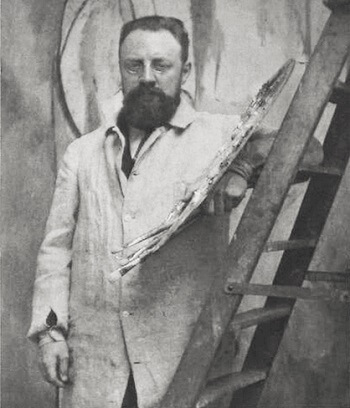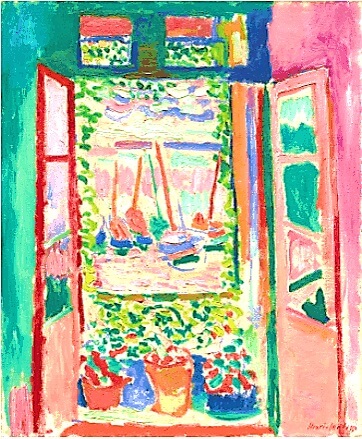Study the painting for one week.
Over the week:


Activity 1: Can You Find It?
During the week, study the painting and find the following:

Activity 2: Narrate the Painting
Activity 3: Complete Vocabulary Activities
Activity 4: Experiment with Fauvism
One day this week, draw the view outside a window in your home.
Color your picture with Fauvist, unnatural colors. For example, you might make your sun green, your grass blue, your sky purple, and your trees red.
Activity 5: Color the Painting
